Exercise helps to strengthen muscles, tidy up the figure, replenish the body's energy reserves and reduce stress levels. One of the most affordable is jogging in the morning. Jogging in the fresh air has not only advantages, but also disadvantages that cannot be ignored when planning future workouts.
What are the benefits of running in the morning
Thanks to the morning run:
- the cardiovascular system is strengthened, blood circulates actively, tissues and organs are better supplied with oxygen;
- defenses increase, physical endurance increases;
- fat deposits are burned;
- metabolic processes are accelerated;
- the nervous system becomes more stable;
- the body gets used to getting up early, more energy appears, and mood improves.
Can running be harmful?
Running also has contraindications.
It is forbidden to run people who have:
- diseases of the musculoskeletal system;
- glaucoma;
- serious pathologies of internal organs (kidneys, liver, heart);
- asthma;
- individual characteristics - for example, decreased activity of the body in the first half of the day, problems with sleep (for such people, jogging workouts in the afternoon or in the evening are suitable);
- colds, viral diseases.
Another contraindication is pregnancy.
So that the training results do not disappoint, you must follow some rules:
- jogging without speeding up much;
- engage in no more than 50 minutes. per day (during the warm season);
- do a warm-up before jogging;
- in the morning before training, drink a glass of water;
- if classes take place in the afternoon or evening, food should be taken 2 hours before the start of the run.
Who Should Be Careful
Long and exhausting workouts for the average morning runner will do more harm than good. And they will negatively affect the work of the heart muscle - it wears out faster in such conditions, a large load falls on the joints.
Experts do not recommend bringing yourself to such a state when everything hurts, and you want to fall from fatigue. This problem also applies to beginners who, due to lack of experience, cannot reasonably distribute their forces.

 Don't miss the most popular column article: Body drying for girls. Training program, detailed nutrition menu for a month by day.
Don't miss the most popular column article: Body drying for girls. Training program, detailed nutrition menu for a month by day.How to strengthen your cardiovascular system with morning jogging?
Morning jogging workouts are good for the heart - they strengthen the heart muscle, make it endurance. Jogging in the morning, the pros and cons of which were listed above, should start slowly, without a sharp jerk. The cardiovascular system has not yet recovered from sleep, so first you need to walk a little step, and then switch to a slow run.
And immediately after running, you cannot abruptly stop moving - a few minutes of walking will calm your breathing and begin to restore your pulse.
Running to maintain muscle tone
Regular jogging allows you to keep your muscles in good shape: during jogging, the calf muscles, buttocks and thighs are actively worked out. Part of the load falls on the back, abdomen and arms.
To strain the upper body and improve posture, during the run, the arms are bent at the elbows and moved, the shoulders are lowered down, bringing the shoulder blades closer to the spine. The calf muscles are strengthened when running from heel to toe, and to strengthen the buttocks they move from toe to heel.
Running with problems with the bronchopulmonary system
Jogging in the morning, the pros and cons of which should be taken into account by people with various diseases, is allowed for certain problems with the respiratory system. But in each case, before starting training, you should obtain permission from your doctor.
Jogging doesn't have to be tiring and long. Active movements alternate with calm walking, while making sure that breathing does not go astray. You need to focus on your own well-being.
It is contraindicated to run for people suffering from bronchial asthma and pulmonary insufficiency.
Running as a weight loss method
Often, those who want to put their figure in order and get rid of extra pounds begin to train - running helps to achieve these goals. It is believed that for weight loss it is better to run in the evening. But if this is not possible, then you can practice in the morning.
Interval loads will help to lose weight - alternating slow and very fast running, switching from running to walking and vice versa.
But it is advised to introduce interval running into their workouts to people who have been practicing for at least 6 months... At the end of the lesson, breathing exercises are done.
Training duration: from 40 to 60 minutes. It is believed that the fat burning process begins after 30 minutes. heavy traffic. Do not forget about nutrition: physical activity will not work if the diet is not adjusted.
Interval running technique
Interval running will help you lose extra pounds faster, activate the heart, and strengthen your muscles. Recommended number of lessons per week: 3-4 times. Some experienced runners train 5-6 times. But you do not need to overload yourself, especially in the absence of accumulated sports experience.
Intervals can be counted not only by time (using a stopwatch), but also by distance. The first option is more convenient and more accurate, for the second you will need special treadmills with markings applied to them. If they are not there, calculate the distance yourself.
Approximate intervals for beginners: 150m jogging, 50m brisk running.
If you focus on time, then 1/3 of the total number of training minutes should be taken by acceleration, and 2/3 remain for leisurely running.
Or, load balancing during a typical 40-minute run might look like this:
| Period Interval | Workout start (min) | Middle (min.) | Final part (min.) | Walking after exercise |
| Calm | 6 | 6 | 6 | 4 minutes |
| With acceleration | 3 | 6 | 3 | |
| Calm | 6 |
How to start practicing correctly?
Preparation for running begins with the purchase of sports clothing and shoes (sneakers). Before going for a run, always do a warm-up to warm up the muscles. At first, training should last no more than 15 minutes. The duration will increase gradually, as will the load. During the first week, they run slowly, if fatigue appears, it is recommended to move to a step.
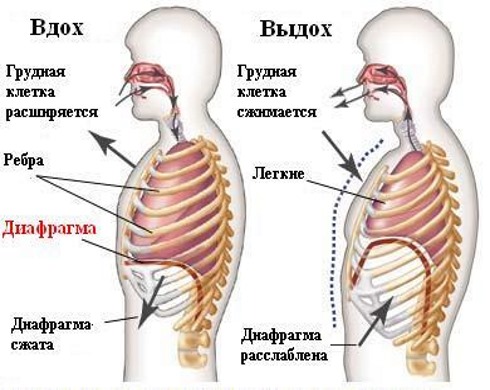
To increase endurance, you need to regularly increase the distance and run it slowly.
When is the best time to start training?
Running in the morning, the pros and cons of which should be taken into account in advance, are advised to start in a warm and dry season - in late spring or summer. Early autumn is also suitable if there is no rain. You should not run to workout immediately after waking up - the body needs time to finally wake up. After 40 min. you can go outside and study.

Time period suitable for morning jogging (taking into account standard biorhythms): from 6-30 to 7-30.

 Don't miss the most popular column article: Glutamic acid - what it is, why and how it is used in sports, bodybuilding.
Don't miss the most popular column article: Glutamic acid - what it is, why and how it is used in sports, bodybuilding.Scheduling classes for women
You can create your own running workout schedule to accomplish your goals and track your progress. It directly depends on the goals pursued, physical fitness and general health.
An approximate schedule for beginners for the first 2 months of classes:
| A week | Running time (min.) | Walking time (min.) | Repetitions (how many times per workout) | Total workout duration (min.) |
| 1 | 1 | 2 | 6 | 18 |
| 2 | 2 | 2 | 5 | 20 |
| 3 | 3 | 2 | 5 | 20 |
| 4 | 4 | 2 | 3 | 18 |
| 5 | 5 | 1 | 4 | 24 |
| 6 | 7 | 1 | 3 | 24 |
| 7 | 8 | 1 | 3 | 27 |
| 8 | 10 | 1 | 2 | 22 |
Warm up before jogging
Warm up for beginners includes:
- brisk walking in place;
- swing arms and legs;
- torso turns;
- slopes;
- squats;
- stretching exercises for the back muscles;
- jumping rope (optional).
Determination of the route, mileage
The sports route is determined in advance. For running, stadiums and places with a flat surface, far from polluted streets and roads - parks, squares are suitable.
Beginners start training, covering distances of 2-3 km, gradually the length of the route increases. There are special programs to determine the mileage.
Running rules and techniques for beginners
Jogging in the morning, the pros and cons of which are described earlier, implies the implementation of certain rules:
- do not overstrain - the load increases in stages;
- pre-warming up the muscles is required;
- you can run only in equipment suitable for these purposes;
- the first runs should not last longer than 20 minutes.
The training will be effective and of high quality if you follow the running technique:
- The shoulders are lowered, the back and neck are straight, the chest is straightened, the pelvis is motionless.
- The arms, bent at the elbows, are close to the body - they are rhythmically pulled back in time with the steps.
- The fingers are loosely gathered into fists.
- When running, steps should be neither too wide nor too short.
- When jogging, the gaze is directed forward.
- The knees are directed towards the feet.
- It is more convenient to land on the middle and forefoot, but you can land on the heel and then roll onto your toe.
There are 3 ways to land on your feet:
- from heel to toe;
- completely on the foot;
- on the toe.
Landing from heels to toes is a standard method, suitable for long runs on hard surfaces. It is characterized by increased stress on the knees, but the likelihood of injury with this setting is minimized. Landing on the entire surface of the foot (with a barely noticeable roll from heel to toe) is convenient when running on uneven surfaces.
Landing on toes is the hardest way. After mastering the two previous techniques, you can proceed to it. This landing is used for fast running.
Whichever method of landing is chosen, before using it, you need to stretch the muscles of the ankle well.
Newbie mistakes
Violations of running technique are found not only among beginners, but also among experienced runners, just beginners make mistakes more often.
The most common ones are:
- Uneven pace, "fits and starts" - with this style of running, the breath is immediately lost.
- The body is not fixed in a straight position, which is why it is observed to swing in different directions.
- Running with the body tilted forward, which threatens with incorrect load distribution and a sudden loss of balance.
- Lowered head and neck, raised shoulders.
- Abrupt stop or transition from high speed to step;
- Turning the pelvis.
Control over well-being while running
In the process of training, it is important to track sensations, observe well-being, control the pulse (120 beats / min is considered the norm) and breathing. An increased pulse negatively affects the work of the heart.
If there is pain or an unpleasant feeling of discomfort, they switch from running to walking. If the pain persists, the exercise is stopped until the condition is completely normalized.
How to end a workout correctly?
The running session smoothly ends with walking, which should last from 3 to 5 minutes. If the run was fast, the speed is reduced gradually and only then they move to a step.
They then do stretching exercises to relieve muscle soreness after exercise.
How to avoid muscle soreness after running?
After jogging, especially at first, muscle pain will appear. These painful sensations are called DOMS.
There are 3 types of muscle pain:
- natural;
- lagging;
- pain caused by trauma.
Natural pain is ubiquitous after exercise. It is caused by microscopic tears in the muscles and a build-up of lactic acid. Disappears after 3 days.
Delayed pain does not appear immediately, but several days after the load, inhibits muscle contraction. For beginner athletes, it can take 5-7 days.
To alleviate the condition will help:
- massage;
- special ointments;
- foods rich in vitamins C, A and E, water, green tea;
- sauna, hot bath;
- full sleep;
- charging.
But if the pain does not go away after a week, this may indicate injuries or sprains, which requires immediate medical attention.
Should I do it in winter?
In the morning, you should not give up running after the onset of cold weather. But you need to remember that winter training has its pros and cons.
Sports activities in winter have several advantages:
- breathes easier;
- running is more difficult - physical activity increases and endurance increases;
- the body is tempered, withstands temperature changes;
- the condition of the skin improves;
- the process of burning excess fat is accelerated.
But for winter running, as well as for summer running, there are contraindications and warnings:
- It is not recommended for beginners to start running workouts in cold weather, because you need to get used to workouts at lower temperatures gradually. It is better to start sports jogging in the fall, so that the body has time to get stronger and adapt by the winter.
- When running in cold weather, you need to learn how to breathe correctly so as not to harm your lungs.
- Remember safety - do not run on ice.
- Do not wear clothing (down jacket) and shoes unsuitable for physical activity.
Winter running will not do harm if you follow simple rules:
- think over the route in advance so that classes take place on a flat surface;
- purchase comfortable sportswear that “breathes” and does not accumulate moisture inside itself, do not forget about a hat, gloves and special shoes;
- before going for a run, a short warm-up is required - to warm up the joints and muscles.
The ideal winter training kit consists of:
- thermal or breathable cotton underwear;
- Heavy-duty, grooved sneakers
- regular (non-woolen) socks;
- sports jacket (no down filler or fur lining);
- fleece hat;
- single-layer gloves, in which it is not very hot;
- comfortable pants with fleece lining.
Suitable weather for running is dry, dry. Temperature: not lower than -15 ° С. Correct breathing: inhale through the nose (if the nose does not breathe, you cannot run), exhale through the mouth.
Duration of winter training: no more than 35 minutes.
What results can be achieved in a week, month, year?
The approximate results of regular jogging are shown in the table:
| Period | results |
| 1 Week | After the first week of training, it's too early to talk about tangible results. The body begins to get used to physical activity, pain in the muscles gradually disappears, endurance increases. Slight weight loss possible. |
| 1 month | Endurance is noticeably increased. Lost from 7 to 10 kg of excess weight. |
| 1 year | The body is able to withstand increased loads and travel long distances. The muscles are in good shape. Immunity is getting stronger. Weight is normalized. |
Despite the indicated disadvantages, jogging in the morning remains a useful and economical way to recover. It gives energy and vigor to the body, and this is another undoubted plus.
Article design: Oksana Grivina
Jogging Videos
Transfer about the benefits of running in the morning:








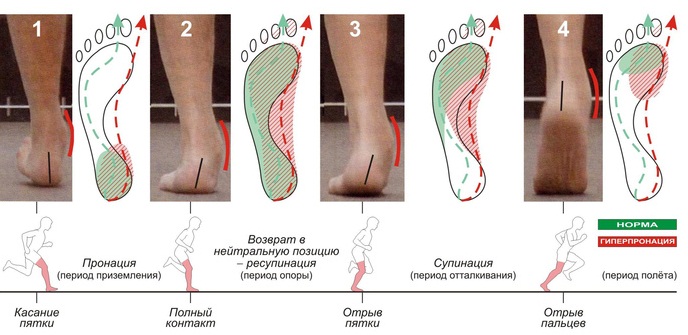
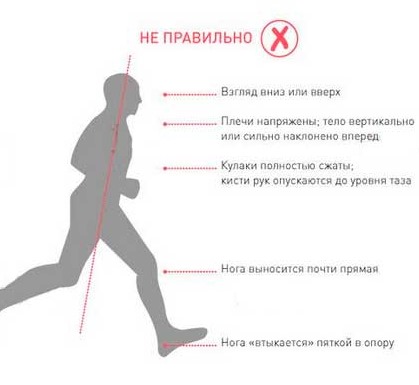
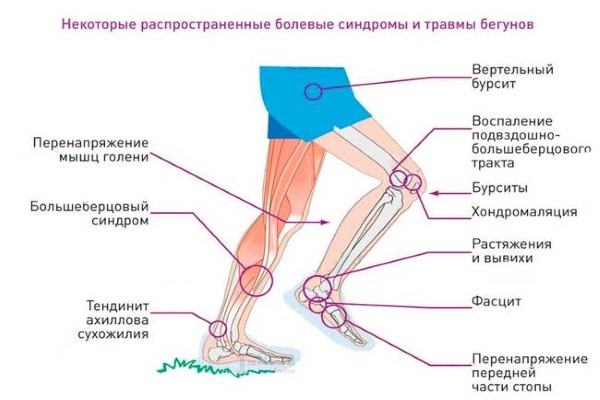


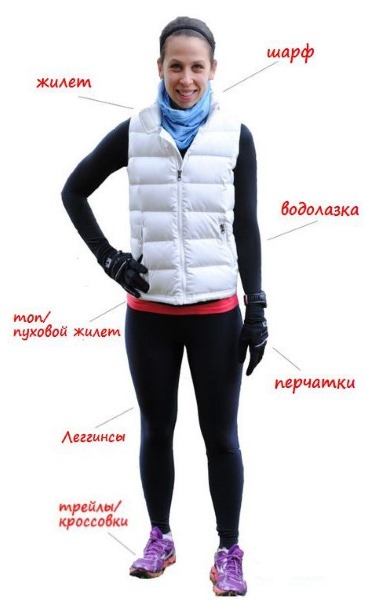
Running is very rewarding in itself. The main thing is to observe safety precautions and not to put heavy loads on the body at once.